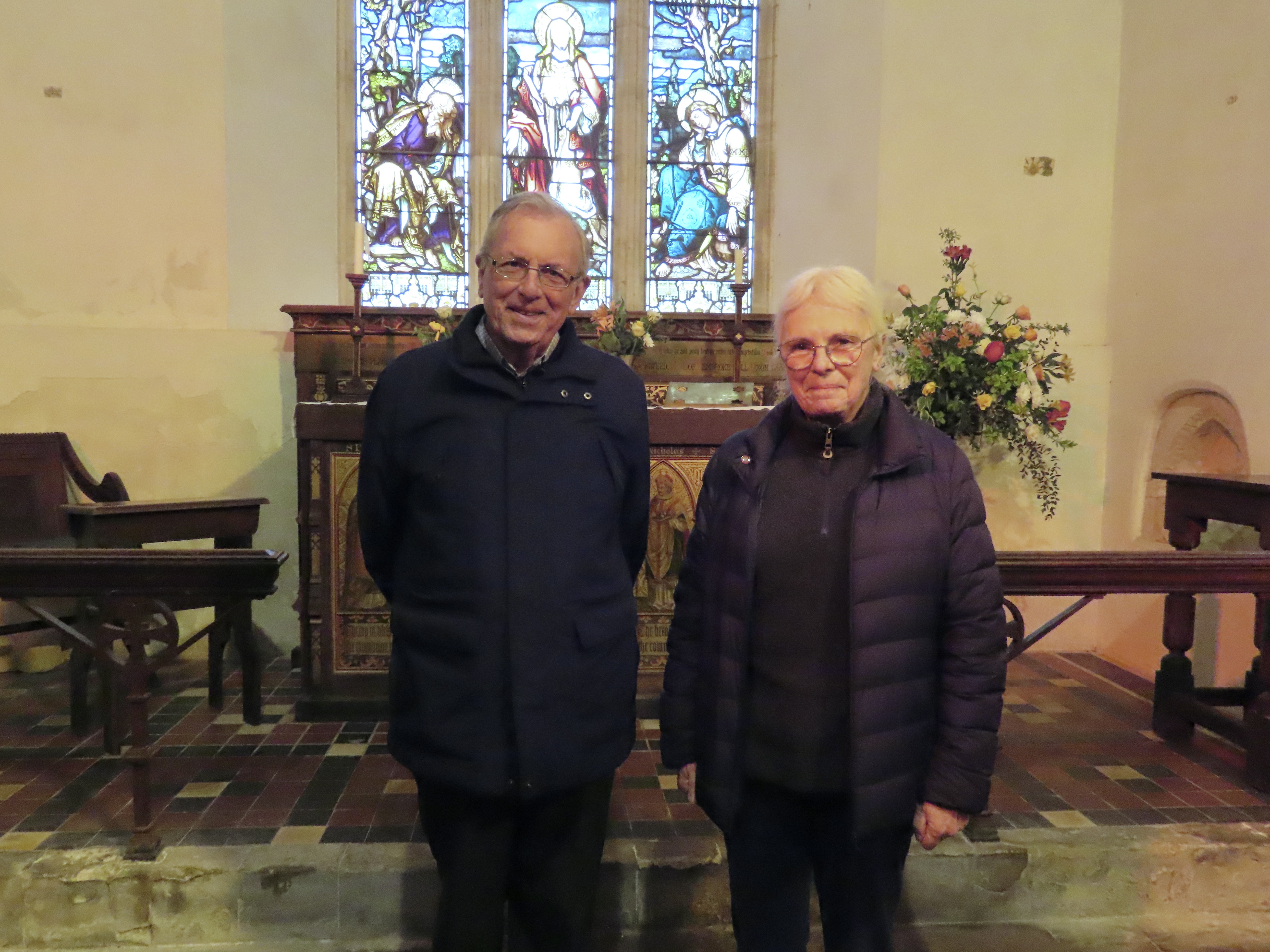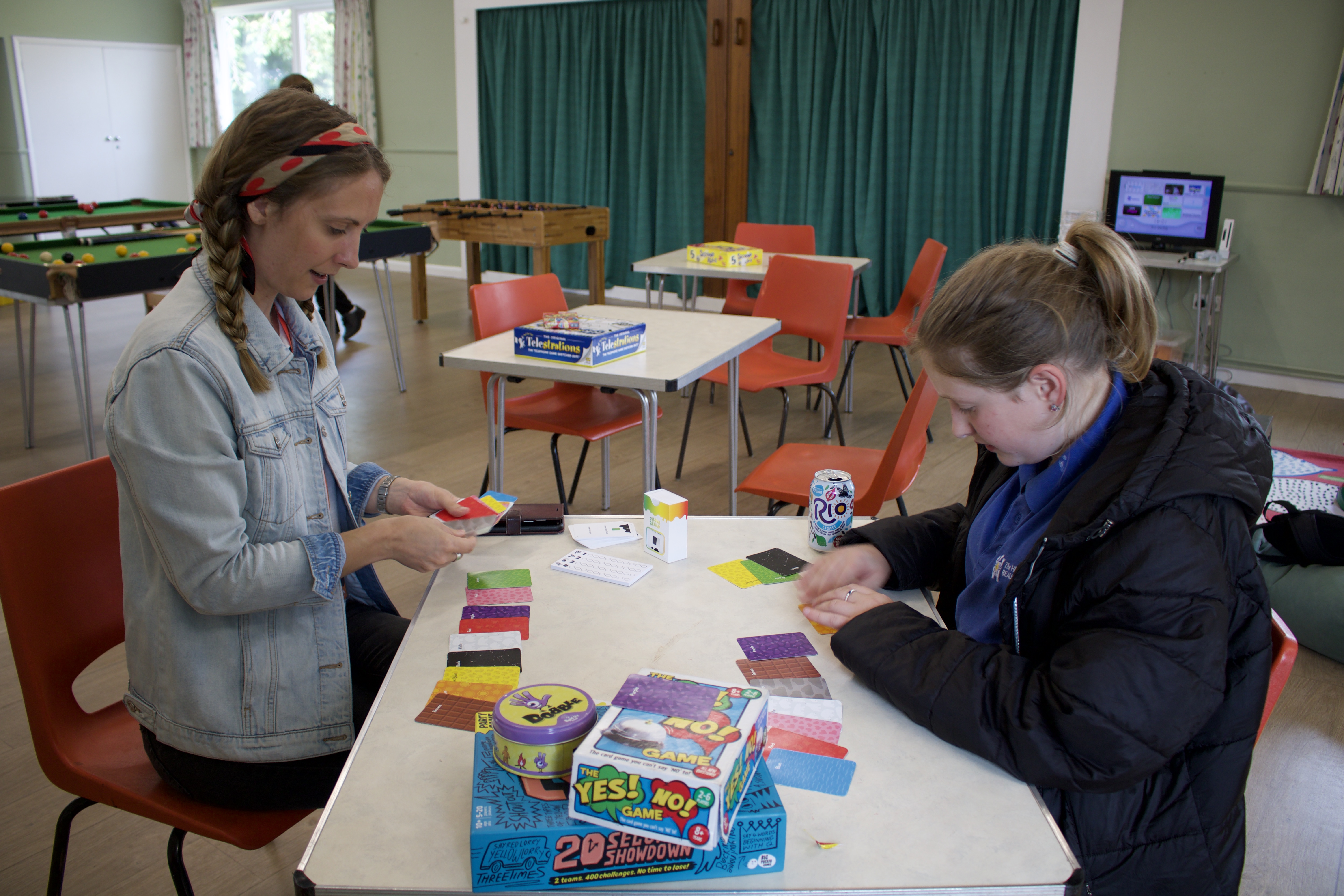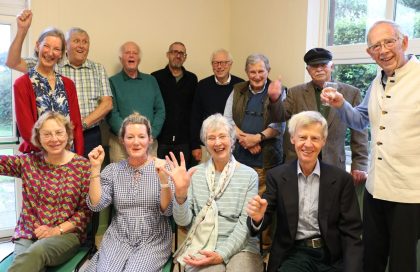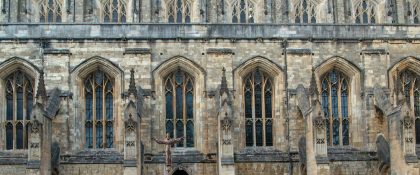In the Diocese of Winchester, we are blessed to have many historic churches, some over a thousand years old, others on the routes of well-known walks such as the Pilgrims Way and those that have unique stories to tell. These buildings often offer up opportunities for visitors to encounter God or experience the peace from sitting in his presence.
St Nicholas Church, Steventon
The small Hampshire church of St Nicholas in Steventon has a big literary connection and it brings visitors from across the world. Jane Austen was born in the village near Basingstoke in December 1775. Her father was Rector of St Nicholas and Jane lived in the Rectory for the first 25 years of her life. As the Rectory fell into decay and was demolished soon after Jane’s death, the church has become the natural focus of attention.
From the mid 1990s TV adaptations and films saw visitor numbers to St Nicholas increase, with people travelling from as far as America and Japan as well as from Europe and across the UK. The actor Colin Firth, who famously played Mr Darcy in Pride and Prejudice has also visited.
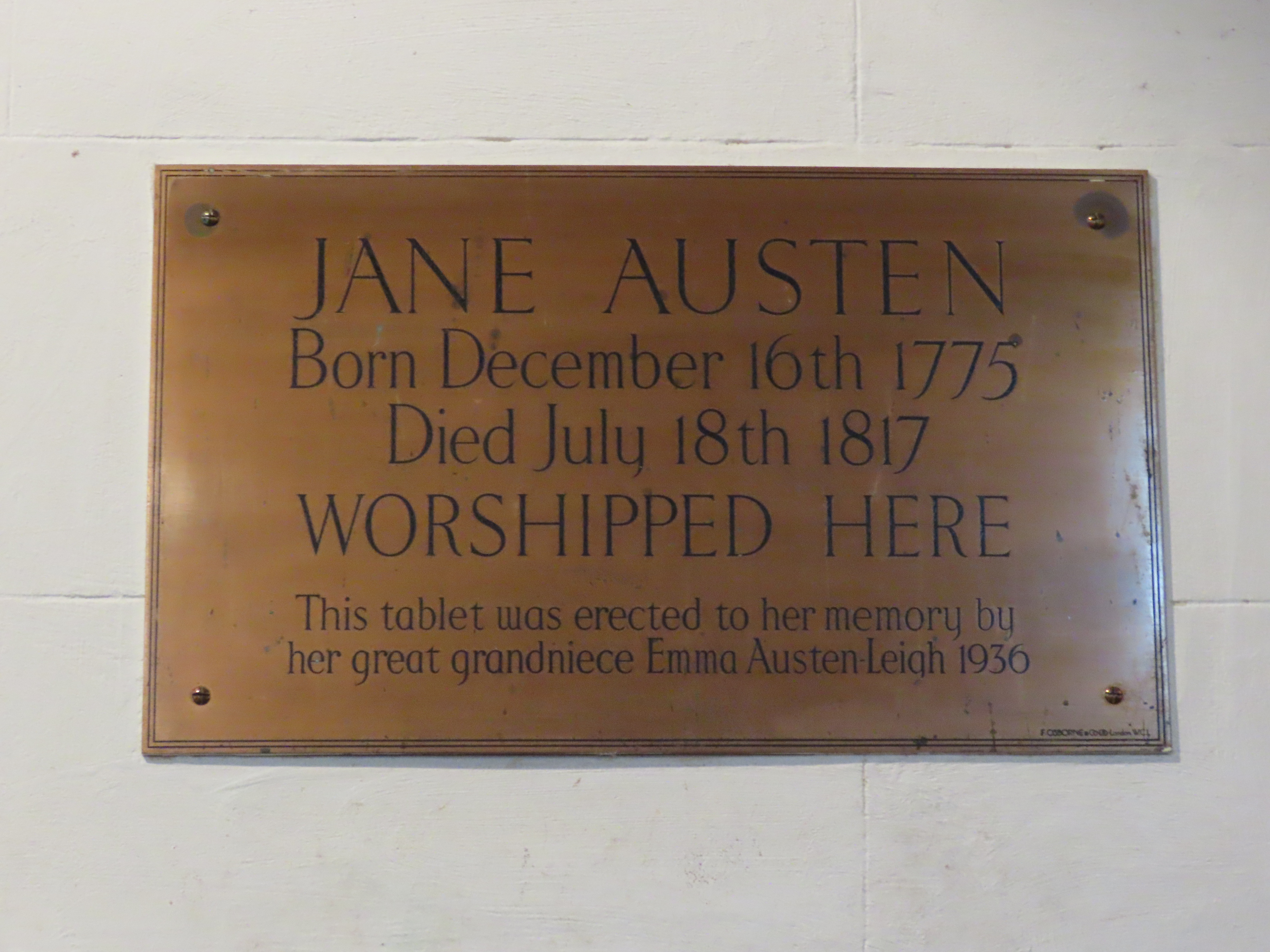
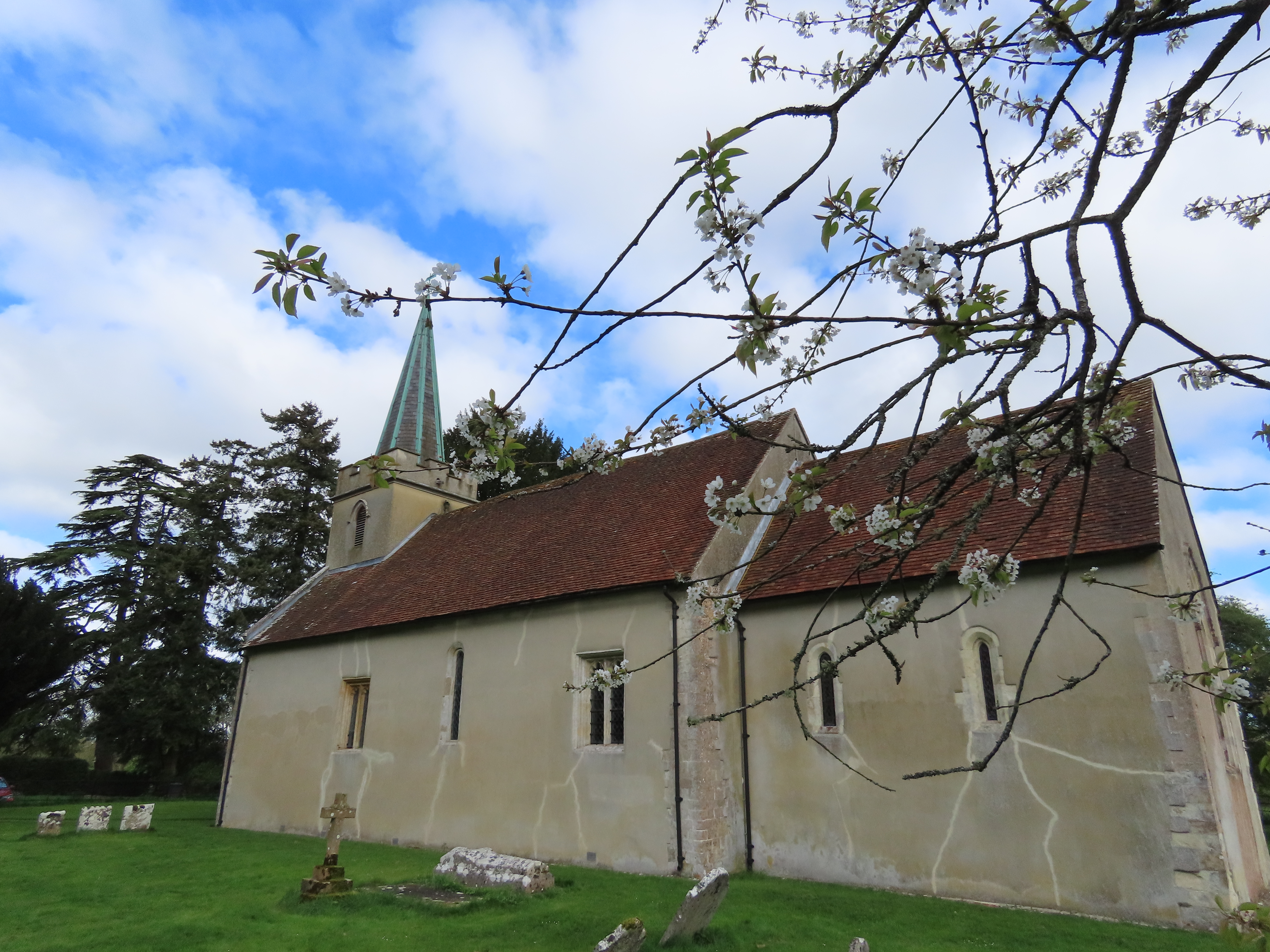
Recognising the special level of interest in the area, the church has adopted a “ministry of welcome” with displays of documents and memorabilia and a special plaque with her name.
We are proud of our connection to Jane Austen but it’s important to get a balance. You have to bear in mind it’s a place of worship, we’re not a museum but a living church. But as a church we enjoy welcoming visitors. They may not come to a service, but we hope they experience the spiritual side of their visit and soak up the feeling of calm and peace here.
Marilyn Wright, Churchwarden
The church embraces its visitors. It hosts a Jane Austen evensong in July each year around the anniversary of Jane’s death, a tradition which started in 1975. Some come dressed in costume to have the “whole Jane Austen experience”.
Preparations are now being made by the church and village to mark the 250th anniversary of Jane Austen’s birth next year. Among the plans are a chamber concert, country fayre, flower festival, village ball and exhibitions. It’ll provide a new way to welcome visitors to the church.
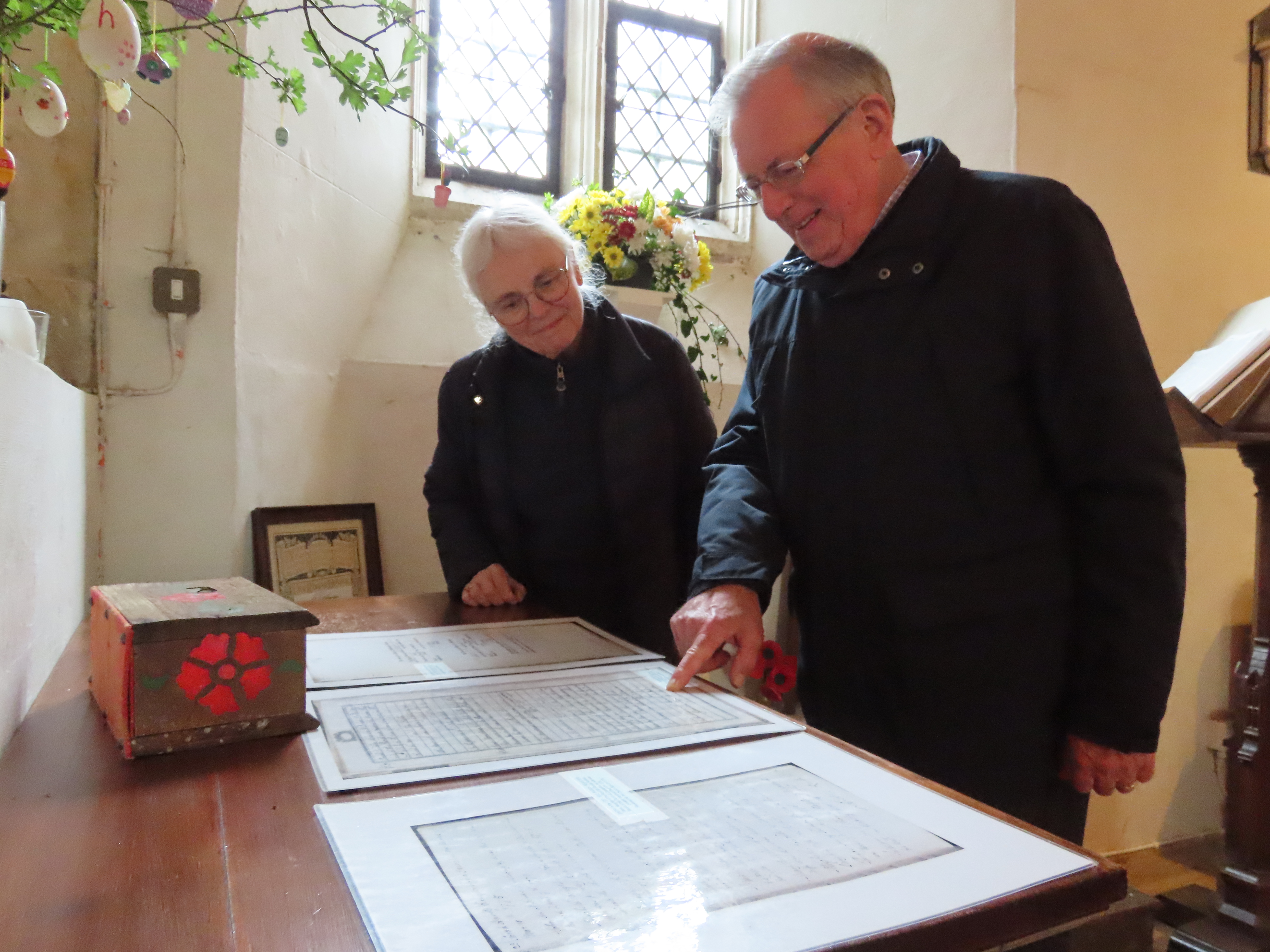
Michael Kenning was Rector of St Nicholas Church from 1992 to 2010 and has been Vice-Chairman of the Jane Austen Society since 2015. He regularly gives tours of the church including to coach parties. More than 400 people signed the visitors book last year with entries from as far afield as Texas, New York, Cape Town, Belfast and Iceland.
Visitors are shown the baptisms register and the marriage register which records Jane and her sister Cassandra as witnesses at a wedding in 1792, and they hear the stories of Jane’s life in Steventon.
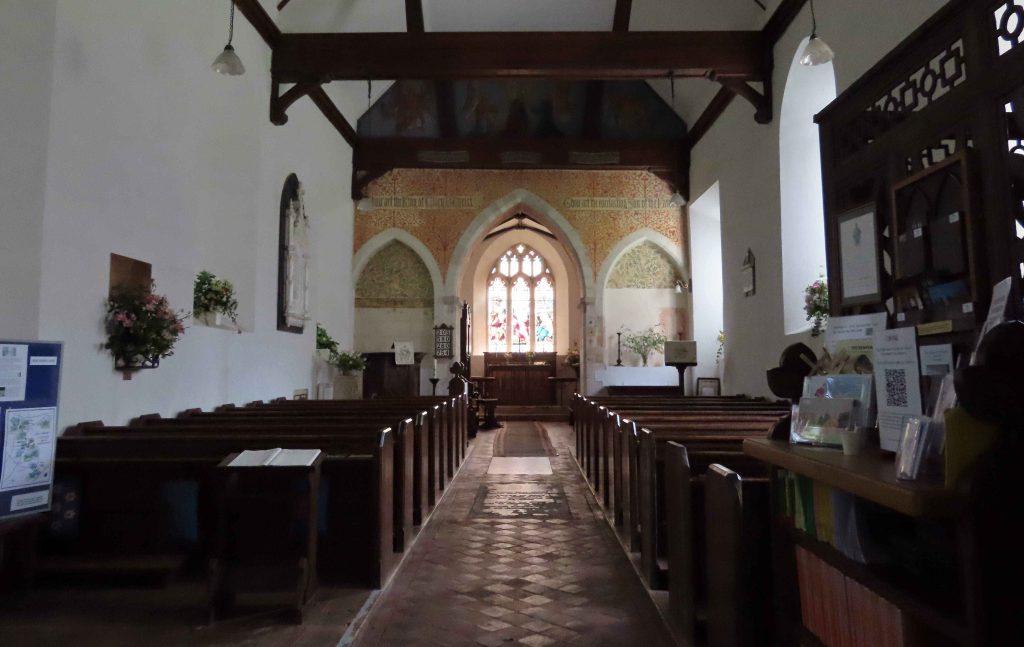
Sadly there is little to see in the village from Jane’s time but that doesn’t stop the endless visitors who want to come and pay their respects to Jane and breathe in the atmosphere that was hers. People feel it’s important to visit St Nicholas. They often say, ‘I’ve waited all my life to come here’. We look on St Nicholas as our local church with a Jane Austen connection, but it’s nice to have a link with a person who was so much part of our history.
Revd Michael Kenning, Former Rector of St Nicholas Church
Church would have been an important part of Jane’s life. She was a devout Christian and regularly attended worship. The structure of the church has changed very little, although the interior would have been simpler. Choir stalls, vaulting and stained-glass windows have all been added since her time.
In 1975 records show the church had problems with a leaking roof but commemorations that year raised a considerable amount of money for repairs. There are also cards and books for people to buy to help support the upkeep of the church.
With the celebrations planned over the coming years, St Nicholas will undoubtedly see increasing numbers of visitors wanting to establish their own connection.
St Andrew’s Church, Nether Wallop
The quaint village of Nether Wallop is famous as a filming location for Miss Marple but St Andrew’ Church is also renowned as home to a remarkable collection of Saxon and Medieval wall paintings. The earlier paintings are thought to be the only Anglo-Saxon artwork in situ in any English church. They are unique and a historic treasure and attract visitors from across the world.
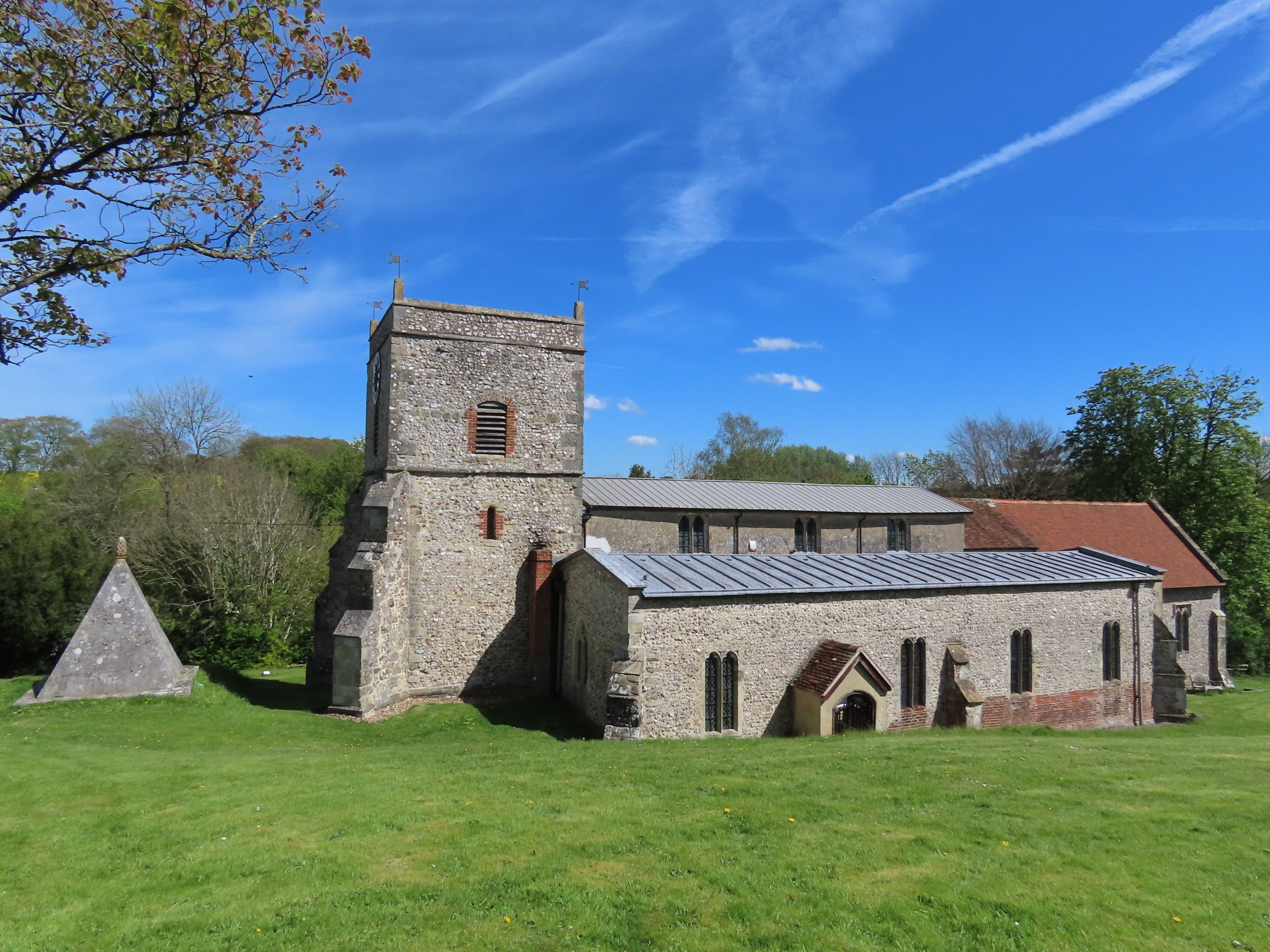
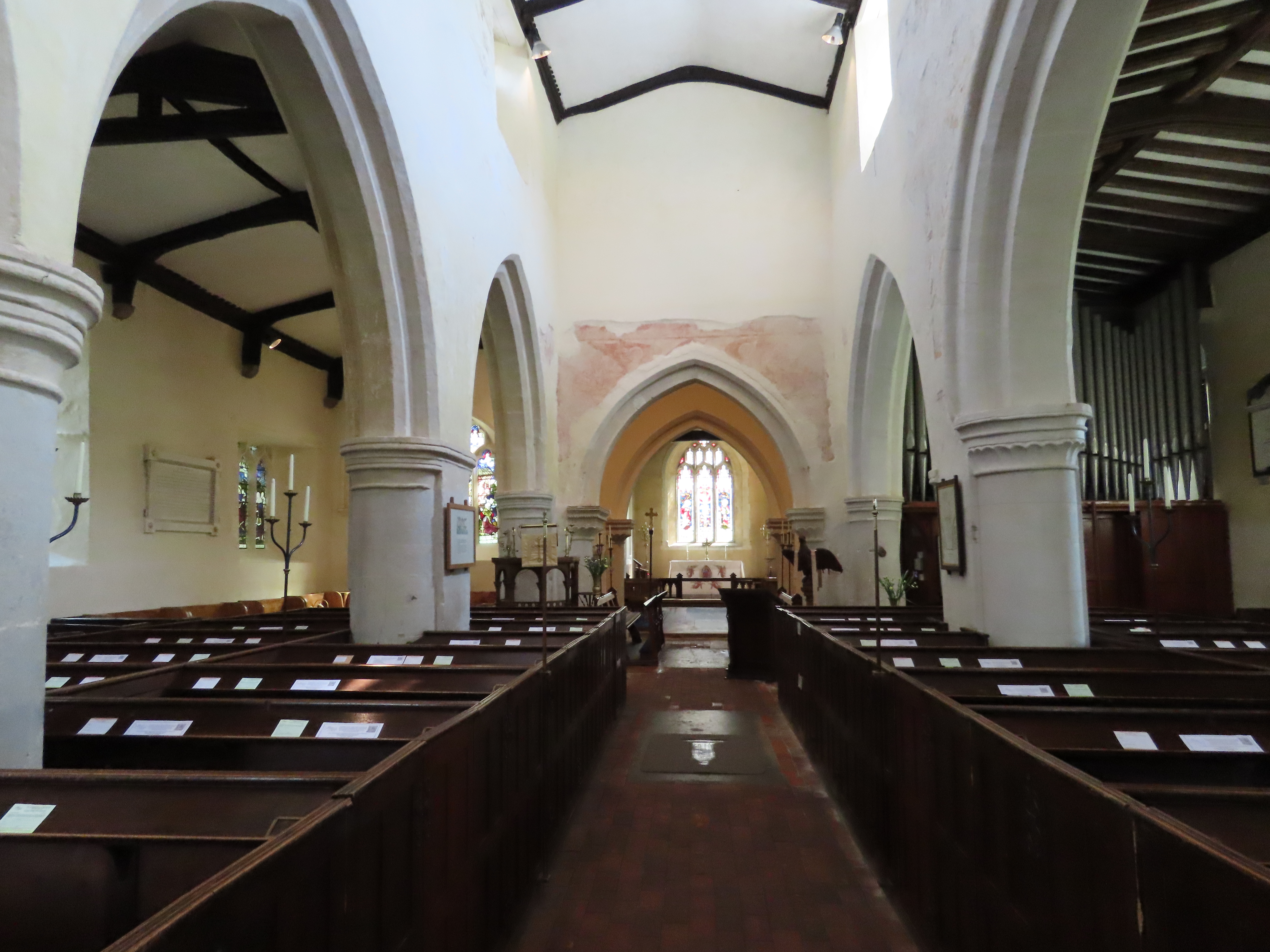
We are very proud to have the wall paintings here and people are very protective of them. This little church is very much the focal point of the village, even if you are not a great churchgoer, it’s very much considered the centre of the village.
Charles Rogers, Former Churchwarden
The paintings are well known within the history of art world and of international significance. The murals had been plastered over and were re-discovered around 1930 when the church was being redecorated and traces of the murals came to light. Redecoration halted and the church was visited by a team from the Royal College of Art who carefully tapped away the many coatings of whitewash to reveal their glory.
Among the works is the ‘Christ in Majesty’ in the space above the chancel arch. It is dated from the early Anglo-Saxon period 1020 to 1030. Unfortunately, the Normans in widening the chancel arch destroyed part of the painting but much still remains.
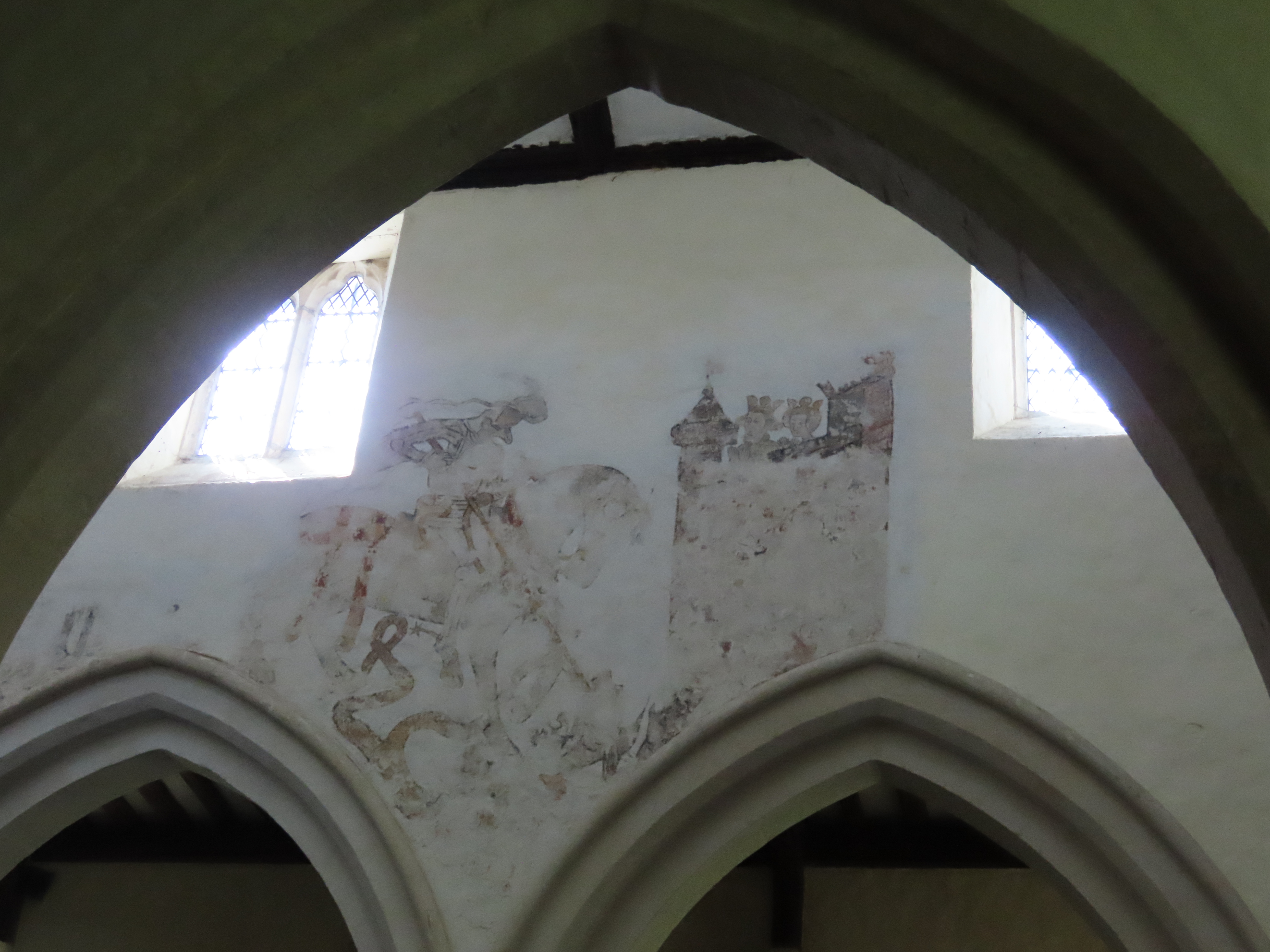
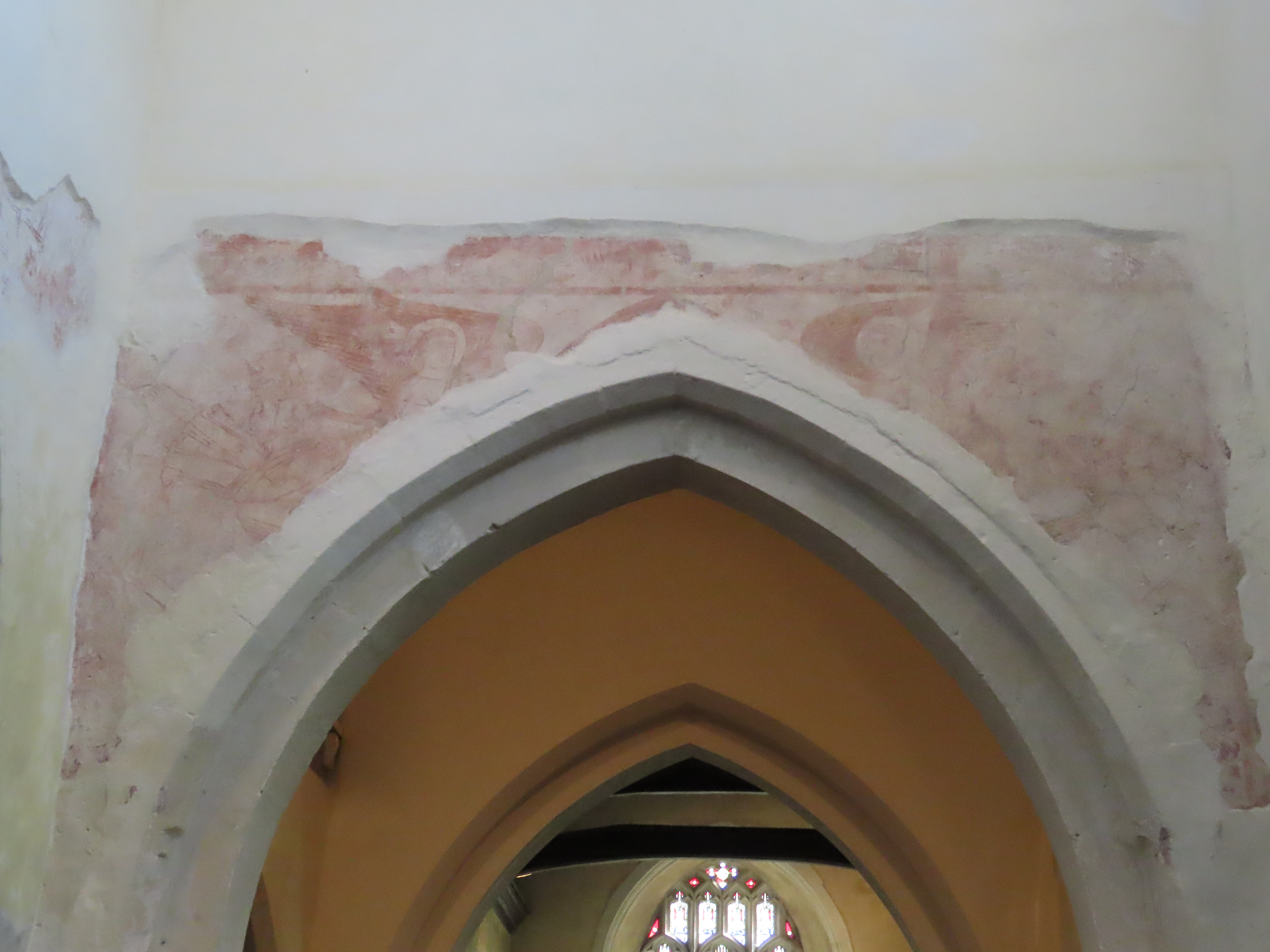
The reason for the early paintings isn’t entirely clear. Around the time the church was built, Nether Wallop was the property of Earl Godwin. It’s thought his wife Countess Gytha might have been the patron of St Andrew’s and arranged its decoration.
Along the rest of the church walls are further paintings from early to mid 15th century including a vivid depicture of St George slaying the dragon, watched on by the King and Queen from the castle tower, the triumph of good over evil. There’s also a painting of the Sabbath breakers, a 15th century morality tale, directed at people as a warning against Sunday work.
All or some of the 15th Century wall paintings may have been commissioned by Maria Gore, an Abbess of Amesbury, whose brass lies on the floor in the centre of the nave.
A steady stream of people visit St Andrews, particularly during summer months, to see the murals. Thousands of visitors have been touched over the years by the paintings. A way for the church to celebrate and share.
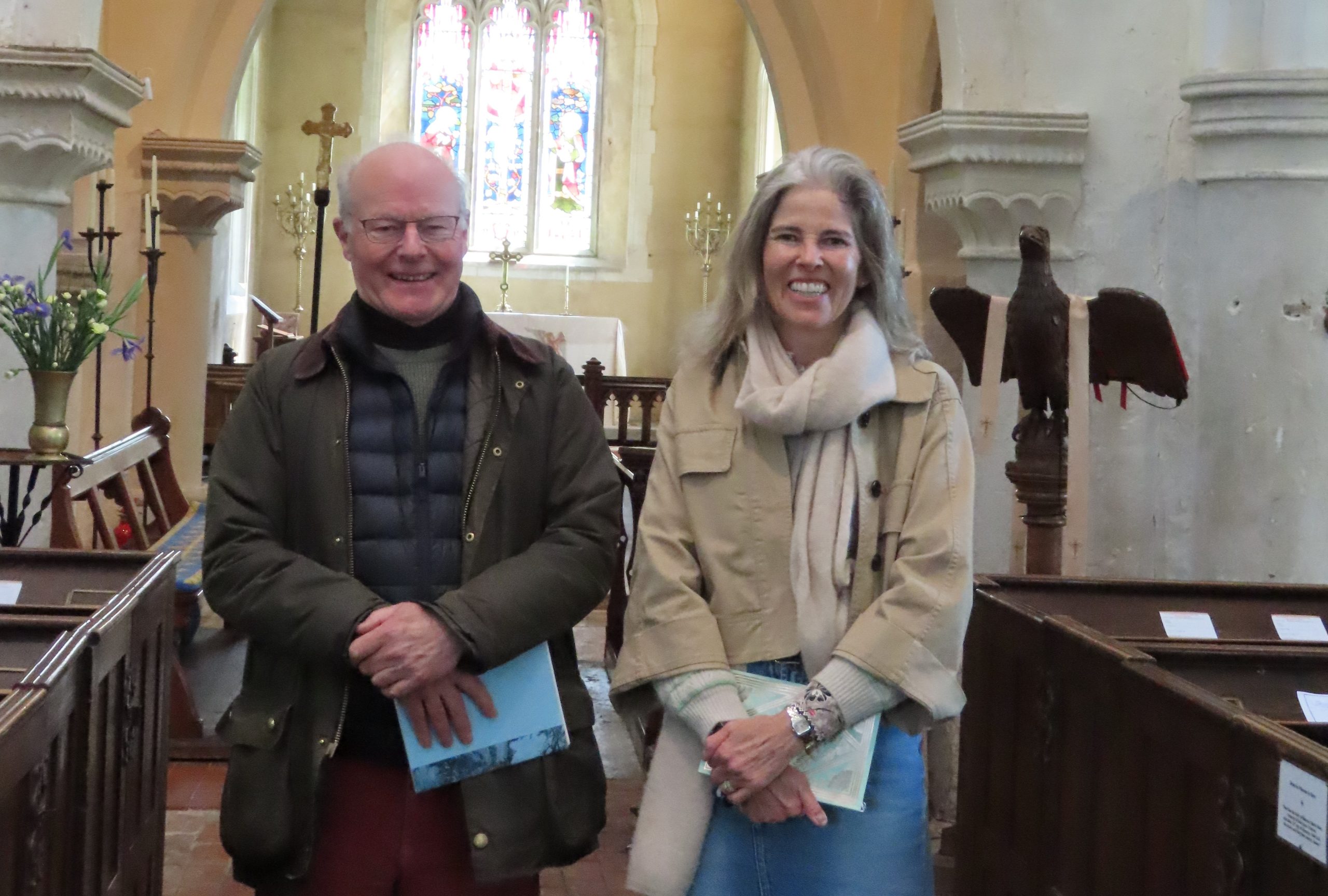
Charles Rogers added: “I hope they take away a sense of awe that these wall paintings have lasted for such a long time and that this particular spot has been a centre for Christian worship for close on a thousand years. I think if you sit in the pews on a quiet day and absorb the atmosphere and think of all those thousands of people who have sat in the same place over all that period, you take away something special.”
St Andrews is planning to launch an appeal next year to enhance the paintings with motion sensor lighting as the current lights date from the 1960s.
Emma Todd is the Fabric Officer for St Andrews and has worked hard to secure funds to protect the wall paintings for future generations. The Church Building Trust was set up in 1990 as a way to engage the community in supporting the church.
We recognise we are stewards for the time we are here and we have a responsibility for the church and wall paintings. They connect us with the past. To see a painting, done by artists in 1020, is extraordinary. So many people come and visit for a myriad of reasons. It’s the combination of history and to sit and contemplate in a space where people have been worshiping over 1000 years. You come in here and you can find a sense of spirituality. That Christian message of hope, joy and peace. The paintings give you an immense sense of our fleetingness and to use our life well.
Emma Todd, Fabric Officer for St Andrews
The church considers itself guardians of history. Their advice to other churches with a history like this is to keep written records and add to it regularly, documenting the history in a good book. “We hand over to the next generation and it’s crucial nothing gets lost on the way.”

